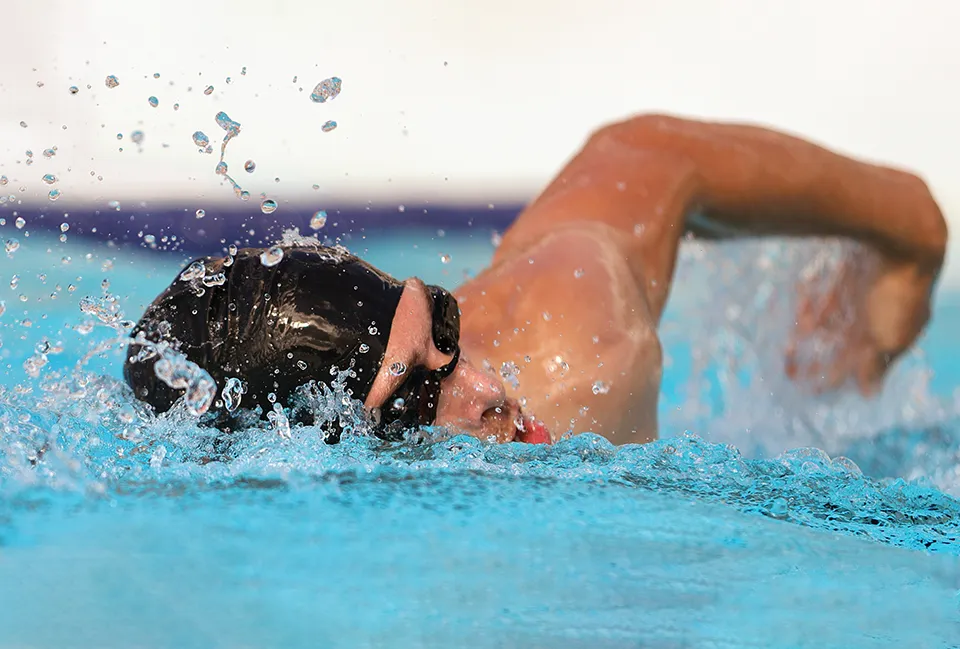The rotator cuff is a group of muscles and tendons that are essential for the normal function of the shoulder. They surround the shoulder joint. The tendons naturally wear and tear as we get older, but can also be damaged due to injury, leading to a tear.
When the tendons tear they will not heal by themselves and the tear will increase in size over time. There is no way to predict how quickly the tear will develop. A tear of the rotator cuff almost always produces a loss of normal shoulder function.
Once a tear becomes very large and retracted it may not be repairable.

What are the symptoms of a tear?
A tear often, but not always, leads to symptoms in the shoulder of pain, loss of movement and or power. Most commonly this is in overhead movements which can lead to difficulty in performing simple day to day tasks such as getting dressed, personal care and chores around the home. You may experience pain which is worse at night and wakes you from sleep.
How do you diagnose a tear?
This is typically made clinically from a history and examination, however In order to confirm the diagnosis of a rotator cuff tear an MRI or an Ultrasound scan will be required in addition to plain X-rays.
For your care, attention and putting me back together. I have received superb treatment, very much appreciated in my journey of recovery.
JN 2024
How do you treat a tear?
For patients with high functional demands and a tear, surgical repair is usually recommended. As described above, rotator cuff tears will not heal by themselves.
My preferred technique is to perform an arthroscopic or keyhole operation to repair the tendon using bone anchors and strong sutures in a ‘double row’ configuration. This provides a very strong and reliable repair. This is normally done as a day case procedure under a general anaesthetic.
Not all tears need to be repaired and in some cases non operative treatment may be recommended.
Non operative methods may include the use of targeted injections of steroid and local anaesthetic to help control the pain in addition to a physiotherapy regimen to strengthen the remaining muscles around the shoulder. Non operative management is usually reserved for patients who have lower functional demands, who are relatively asymptomatic, in whom repair surgery is unlikely to be successful or who do not want surgery.
What if the tear cannot be repaired?
In cases where the tendon cannot be repaired, treatment can again be non-operative or operative. Non operative techniques again utilise targeted injections and physiotherapy.
Surgical options will depend upon your level of function and age as well as the presence of arthritis within the shoulder joint.
For patients with an irreparable rotator cuff tear of the shoulder, a reverse geometry total shoulder replacement may be recommended. This replacement ‘reverses’ the sides of the joint, so the ball becomes the socket and the socket becomes the ball. This changes the way that muscles act around the shoulder to improve the range of movement. It also offers excellent pain relief. It will not give you a normal shoulder and there are some functional restrictions following this operation to help protect the joint.
Tendon transfers
In a small number of patients who have an irreparable rotator cuff tear and who are not suitable candidates for shoulder replacement surgery, such as those with high functional demands, options have traditionally been limited.
More recently the emergence of a muscle transfer from the back of the shoulder blade in to the previous insertion of one of the rotator cuff tendons, to effectively replace it, has become available. This cannot be used for all rotator cuff tears, however has shown great promise in the recovery of function for a select group of patients. This may be discussed as an option.